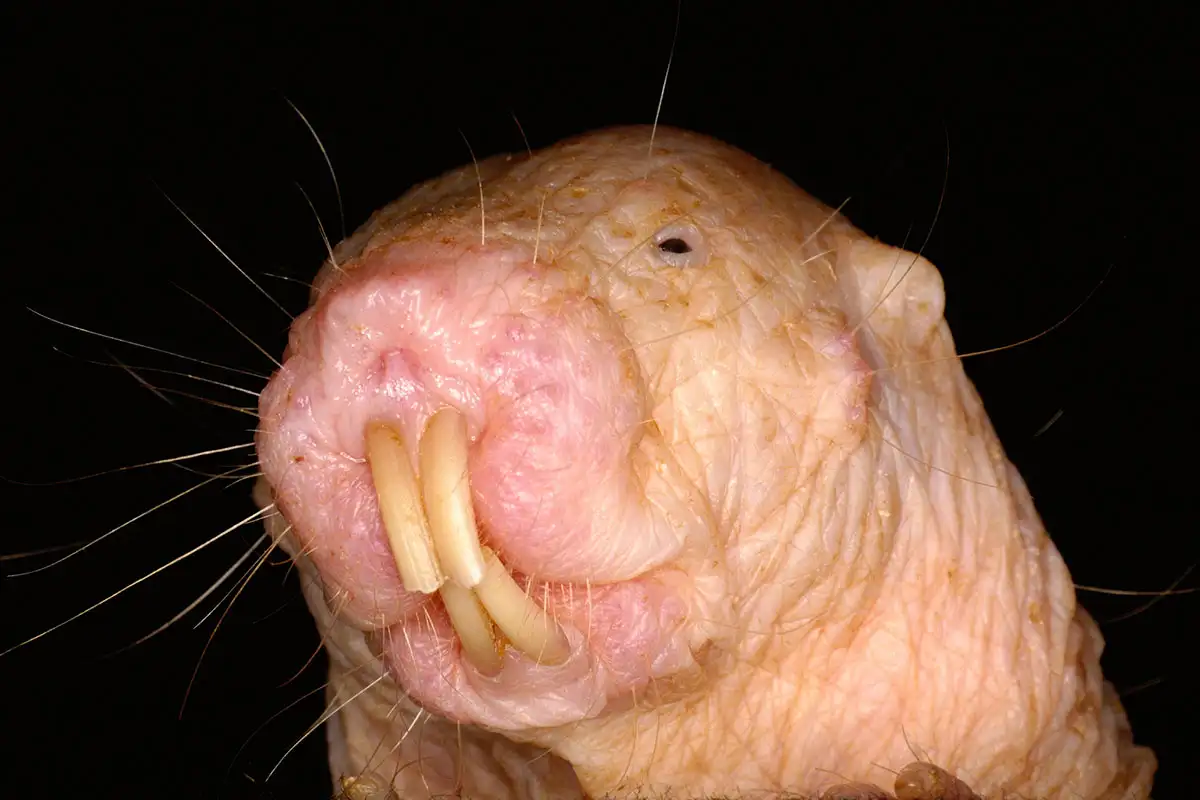Let’s be honest—naked mole-rats aren’t winning any beauty contests.
Hairless, nearly blind, and constantly burrowing underground, they seem more like cartoon villains than real-life medical marvels.
But as science digs deeper, these peculiar rodents are proving to be true biological superheroes, with abilities that could change how we understand aging, disease, and survival.
They Don’t Age Like the Rest of Us
One of the most fascinating things about naked mole-rats? The queen mole-rats stay fertile their entire lives.
While most mammals—including humans—see a steep fertility decline with age, these queens just keep going.
A 2023 study in Nature Communications uncovered how: their bodies continuously produce egg cells, experience little cell death, and start off with enormous reserves.
Basically, they’ve cracked the code to lifelong fertility.
They’re Practically Cancer-Proof
Here’s where it gets even weirder—in a good way.
Naked mole-rats almost never get cancer.
Their bodies make a unique form of hyaluronan (a jelly-like substance), which is much larger than what humans produce.
Combined with special tumor-suppressing genes (called p16 and p27), they create an environment that’s practically hostile to cancer growth.
That’s two layers of natural protection, making them one of the most tumor-resistant species we’ve ever seen.
Breathing? Optional, Apparently
When oxygen runs low in their underground tunnels, naked mole-rats don’t panic—they switch into plant-mode. Seriously.
They start processing fructose instead of glucose, just like plants do, allowing them to survive up to five hours without oxygen.
Most mammals would be in serious trouble after just a few minutes, but these guys have evolved a backup system that could one day inform life-saving treatments for stroke or heart attack patients.
They Live Like Insect Colonies
These mole-rats aren’t just biologically unique—they’re socially fascinating too.
Their colonies function more like a hive of bees or a nest of ants than a typical rodent family.
There’s one breeding queen, a few mates, and a large workforce of sterile “helpers.”
And then there are the “dispersers”—individuals with extra fat stores and wanderlust, who are born to dig out and start new colonies elsewhere.
Why Scientists Are Obsessed
Naked mole-rats are more than just scientific curiosities.
Researchers are looking at them as models for human health advancements.
Imagine therapies that could help people resist cancer, age more slowly, or survive in low-oxygen environments—all inspired by a creature that lives underground in East Africa.
Whether it’s extending fertility, blocking tumors, or finding new ways to manage oxygen deprivation, naked mole-rats are offering real insights that could reshape medicine as we know it.
The Underground Lab Revolution
So next time you see a picture of one and cringe a little, remember this: beneath that wrinkly skin is a living blueprint for how nature solves some of our toughest medical puzzles.
With every new study, scientists uncover more clues.
Who knows? One day, treatments that change your life might come straight from the tunnels of these mighty little mole-rats.



